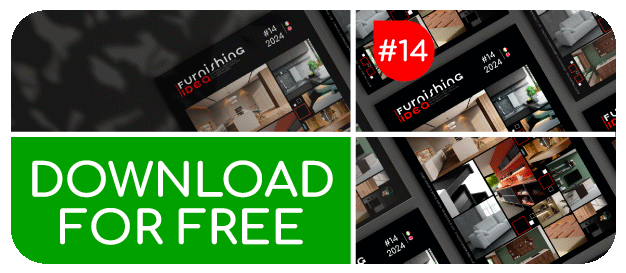
- 11/03/2021
- Economy and marketing
The Smart Home market withstood the impact of Covid, albeit with ups and downs: 2020 first saw a slump in sales of between -60% and -100% during the first lockdown, followed by a robust recovery in the second half of the year, ending with a slight decrease compared to 2019, equal to -5%, maintaining a value of EUR 505 million. The same figures emerged in other European countries, especially in Spain (stable at 420 million) and France (1.1 billion, +3%), while Germany (2.9 billion, +16%) and the UK (2.8 billion, +10%) maintained significant growth.
The market slowdown has not, however, diminished the level of knowledge and use of connected objects by Italians: 69% of consumers have heard the term “smart home“ at least once (+1%), 43% own at least one smart object (+1%) and two out of three say they often use the smart solutions they have purchased.
These are the data that emerged from the research by the Internet of Things Observatory of the School of Management of the Politecnico di Milano, presented during the online conference “Stay at home, stay in a Smart Home: the smart home to the test of Covid“.
In 2020, two trends emerged that will shape the future of the Smart Home in the coming months,“ said Angela Tumino, Director of the Internet ofThingsObservatory. “Firstly, the progressive servitisation, i.e. the shift from the sale of hardware alone to the proposal of additional services, such as the possibility of activating an emergency response in case of danger for the elderly who live alone at home. The second is the entry of new players into this market, from furniture manufacturers to large-scale retail trade, from real estate to car manufacturers, widening the boundaries of competition“.
The Smart Home market
The pandemic has put the home back in the spotlight, boosting the sale of some smart solutions such as security solutions including video cameras, door and window sensors and connected locks, which retain the top spot in market share (21%) with €105 million, although down 30% on 2019. Growth also continues for smart home speakers, which hook security solutions into first place, with a value of €105 million (+10%), or 21% of the market. The results for household appliances were
also positive, with €100 million, equal to 20% of the market and up 17%, with some types, such as robot hoovers and air purifiers, recording a boom in sales.
The use of smart functions by consumers is also growing, accounting for 59% of those who own large and small household appliances (+19%), while boilers, thermostats and connected air conditioners for the management of heating and air conditioning have benefited from Superbonus and Ecobonus incentives, marking a growth of 15%.
Sales channels
The health emergency has favoured the boom in eCommerce: online purchases have reached €180 million, up 20%, making it the leading channel with 36% of the market. The traditional supply chain, on the other hand, is the channel that has suffered most from the impact of Covid-19: sales amounted to €175 million, with a 17% drop and a further loss of market share, in favour of eRetailers, after those already recorded in recent years (from 50% in 2018 to 39% in 2019 and 34% in 2020).
Consumers
In the ad hoc consumer survey carried out in collaboration with BVA Doxa, the term “smart home“ is now familiar to Italian consumers.
According to the survey data, both consumer awareness of the smart home and the spread of smart objects in the home continue to grow. In particular, among those who are familiar with the term “smart home“, the first brand that comes to mind is BTicino, which is tied with Alexa, the voice assistant developed by Amazon.
In the photo, the smart solution “Living Now with Netatmo“ by Bticino.


 en
en  Italian
Italian French
French German
German Spanish
Spanish Portuguese
Portuguese








